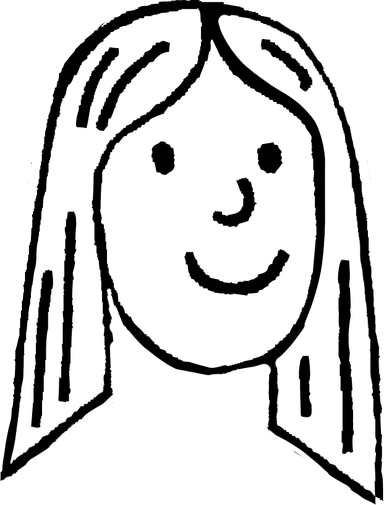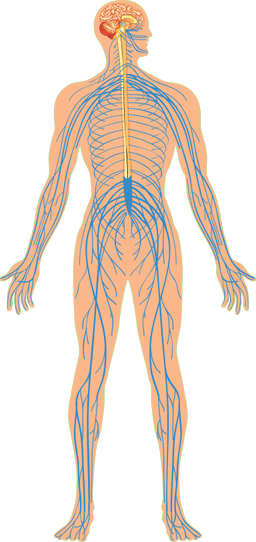The human nervous system
I can describe the parts that make up the human nervous system that enables us to sense and respond to changes.
The human nervous system
I can describe the parts that make up the human nervous system that enables us to sense and respond to changes.
These resources will be removed by end of Summer Term 2025.
Switch to our new teaching resources now - designed by teachers and leading subject experts, and tested in classrooms.
These resources were created for remote use during the pandemic and are not designed for classroom teaching.
Lesson details
Key learning points
- The human body has a nervous system that enables us to sense and respond quickly to changes outside and inside the body.
- Examples of stimulus (e.g. increase in temperature) and response (e.g. sweating).
- The structures that make up the central nervous system (CNS) and peripheral nervous system (PNS).
- Receptors detect stimuli; they can be single cells (e.g. in the skin) or groups of cells in sense organs (e.g. the eye).
- Sensory neurones join receptors to the CNS; motor neurones join the CNS to effectors that carry out the response.
Keywords
Nervous system - Detects and coordinates a response to changes in internal or external environment.
Receptor - Senses a change in the environment, such as a change in light or temperature.
Stimulus - The change in the environment, such as a sound, touch or light.
Neurone - A nerve cell which transmits electrical impulses between different parts of the body.
Effector - A muscle or gland which carries out a response.
Common misconception
There are multiple misunderstandings about the nervous system, including the order and function of neurones, the roles of the stimulus, receptor and effector, and the central and peripheral parts.
The pathway through the nervous system is built up with examples and demonstrated as a flowchart. The roles of the different parts is explained and practised, and distinctions are made between the central and peripheral parts.
To help you plan your year 10 biology lesson on: The human nervous system, download all teaching resources for free and adapt to suit your pupils' needs...
To help you plan your year 10 biology lesson on: The human nervous system, download all teaching resources for free and adapt to suit your pupils' needs.
The starter quiz will activate and check your pupils' prior knowledge, with versions available both with and without answers in PDF format.
We use learning cycles to break down learning into key concepts or ideas linked to the learning outcome. Each learning cycle features explanations with checks for understanding and practice tasks with feedback. All of this is found in our slide decks, ready for you to download and edit. The practice tasks are also available as printable worksheets and some lessons have additional materials with extra material you might need for teaching the lesson.
The assessment exit quiz will test your pupils' understanding of the key learning points.
Our video is a tool for planning, showing how other teachers might teach the lesson, offering helpful tips, modelled explanations and inspiration for your own delivery in the classroom. Plus, you can set it as homework or revision for pupils and keep their learning on track by sharing an online pupil version of this lesson.
Explore more key stage 4 biology lessons from the Coordination and control: the human nervous system unit, dive into the full secondary biology curriculum, or learn more about lesson planning.

Equipment
None required.
Licence
Starter quiz
6 Questions
tongue
nose
skin
light
contract and relax to bring about movement
provide energy and insulation
transmit electrical impulses





Exit quiz
6 Questions


processes messages and coordinates responses
dense column of nerve cells that connects the PNS and CNS
transmits electrical impulses between different parts of the body
detect changes in the environment
move body part away
sweating
pupils narrow
release insulin


